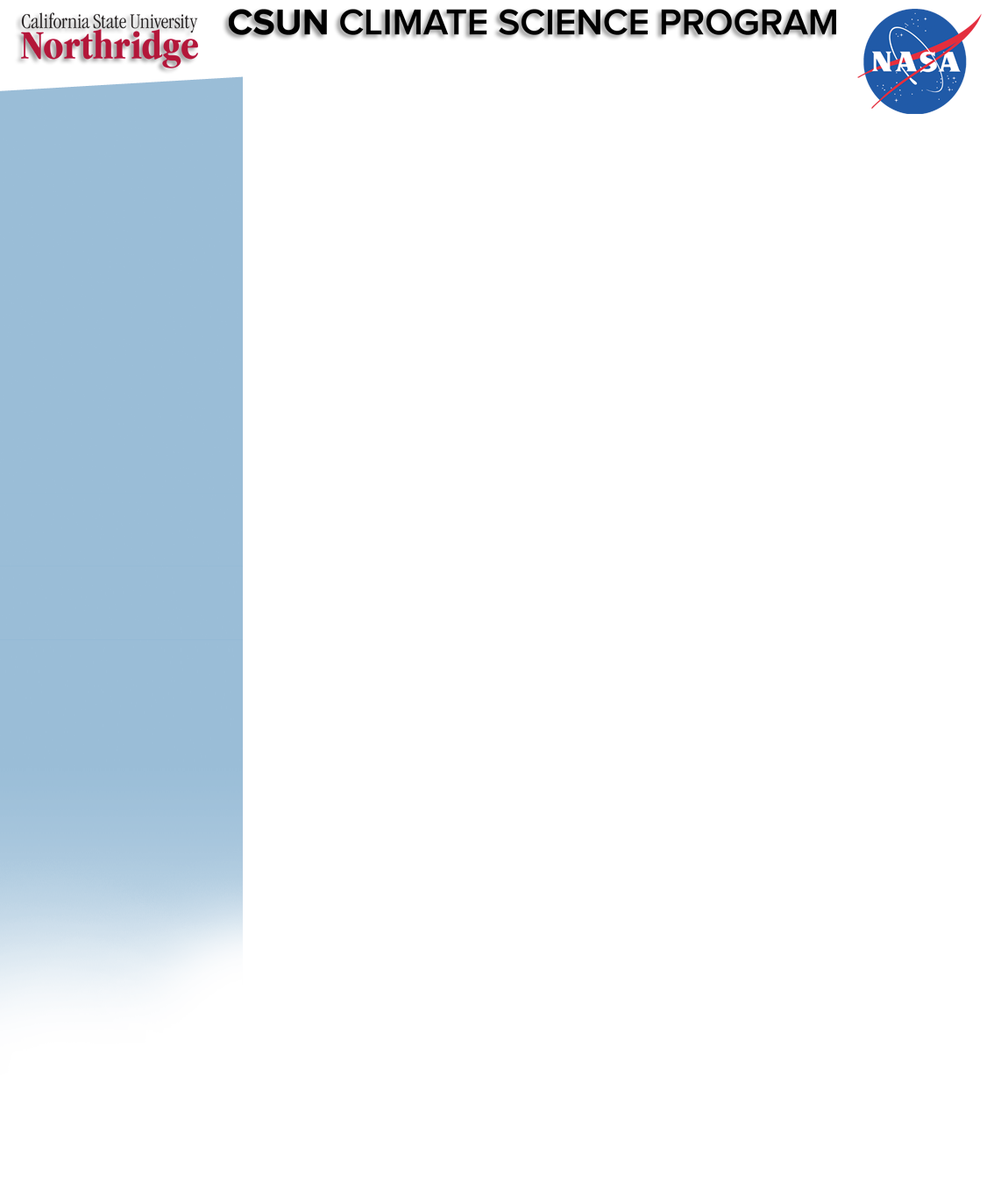Global climate change is one of the most serious problems facing humanity. Climate science is a rapidly expanding, interdisciplinary field, with increasing participlation by mathematicians (see for example, Mathematics of Planet Earth, 2013). This course will introduce students to applications of vector calculus and differential equations to the study of global climate. Fundamental equations governing atmospheric dynamics will be derived and solved for a variety of situations. Topics include: thermodynamics of the atmosphere, potential temperature, parcel concepts, hydrostatic balance, dynamics of air motion and wind flows, energy balance, an introduction to radiative transfer, and elementary mathematical climate models. |
Grading |
There will be two midterm exams, each worth 20%, and a final exam worth 40% of the grade. Quizzes and homework together will constitute 20% of the grade. Plus grades (+) and minus grades (–) will be assigned for this course. The date of the midterms will be announced in class. 5 bonus points may be earned for e ach Climate Seminar presentation attended.
Final Exam: Tuesday, December 11, 2012, 10:15 to 12:15 a.m. |
Additional References |
Elementary Climate Physics, by F.W. Taylor
Fundamentals of Atmospheric Physics, by M.L. Salby
An Introduction to Atmospheric Radiation Dynamics, by K.N. Liou
An Introduction to Atmospheric Physics, by D. G. Andrews |
Exams and Homework Assignments |
Assignment 1, Due Sept 18, Chapter 3 problems: 3.19, 3.20, 3.26, 3.32, 3.33 (part a only), 3.36
Solutions to Assignment 1
Assignment 2, Due Sept 27, Chapter 3 problems: 3.22, 3.37 (only the analytic part, not the charts), 3.41. 3.42, 3.58, 3.64
Solutions to Assignment 2
Exam 1 Oct. 2 covers Chapter 3.
Assignment 3, Due Oct. 16, Chapter 4 problems: 4.20, 4.21, 4.22, 4.24, 4.43, 4.46 (hint: use Eqs. 4.32, 3.17, and the scale height is H in Eq. 3.25), 4.51
Assignment 4, Due Nov. 20, Chapter 7 problems: 7.8, 7.18, 7.23, 7.24, and do extra problems (more to come, so check back...)
Exam 2 Nov. 29 covers Chapter 4 and parts of Chap 7
Final Exam: Tuesday, December 11, 2012, 10:15 to 12:15 a.m. |

